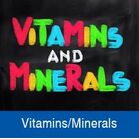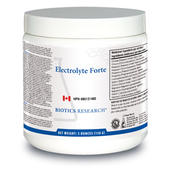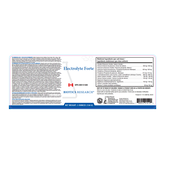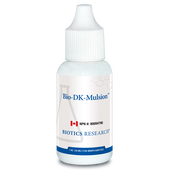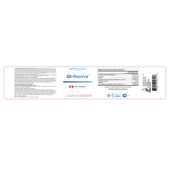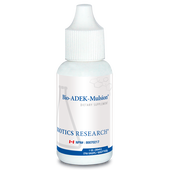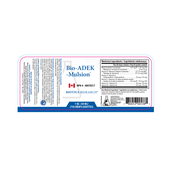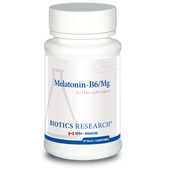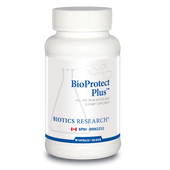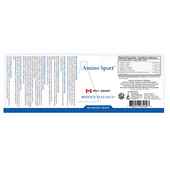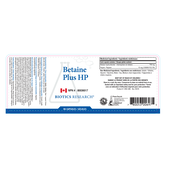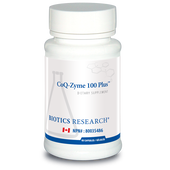SRP: $33.00
NPN: 80007066
Item Code: 7805
Quantity: 60 capsules
Description: Kreb’s cycle energy production
Indications: Condiser increased sulfur need (Kreb’s cycle energy production), arthritis, inflammatory joint disease, parasitic infections, adrenal cortical hypofunction, cartilage and connective tissue repair, hair, skin and nail conditions, and as a magnesium and vitamin. Sulfur is responsible for allowing cells to use oxygen effectively and for undergoing repair. Without enough sulfur, healing cannot take place. Sulfur is the one single mineral that regulates cellular nourishment and waste removal. The body requires about 750 mg of sulfur each day. The sulfur can draw toxins out of the cells, even fat cells and brain cells. It increases circulation, enzyme activity, strengthen the immune system, reduces recovery time after injury, reduces muscle pain and soreness, promotes healthy growth of hair and nails, May help with cancer, osteoporosis, depression, Parkinson’s Alzheimer’s, and diabetes. Most inflammatory illnesses have their roots in sulfur deficiency.
PARASITES:
MSM may have also shown anti-parasitic action against Giardia, Trichomonas, roundworms, nematodes, Enterobius and other intestinal worms. When parasites attach themselves to the intestinal lining, they can live, reproduce and rob the body of nutrients indefinitely. MSM may block parasites by competing for receptor sites on the mucous membrane. When parasites can not attach themselves, they are simply flushed out of the system.
Ingredients: Per capsule:
Sulfur-rich methylsulfonylmethane 830 mg
Suggestion: 1-3 capsules three times daily with meals or as directed.
References: Independent research and additional information
Barrager E, Veltmann JR Jr, Schauss AG, Schiller RN. A multicentered, open-label trial on the safety and efficacy of methylsulfonylmethane in the treatment of seasonal allergic rhinitis. J Altern Complement Med. 2002 Apr;8( 2):167-73
Fletcher RH, Fairfield KM. Vitamins for chronic disease prevention in adults: clinical applications. JAMA. 2002 Jun 19; 287( 23): 3127-9













